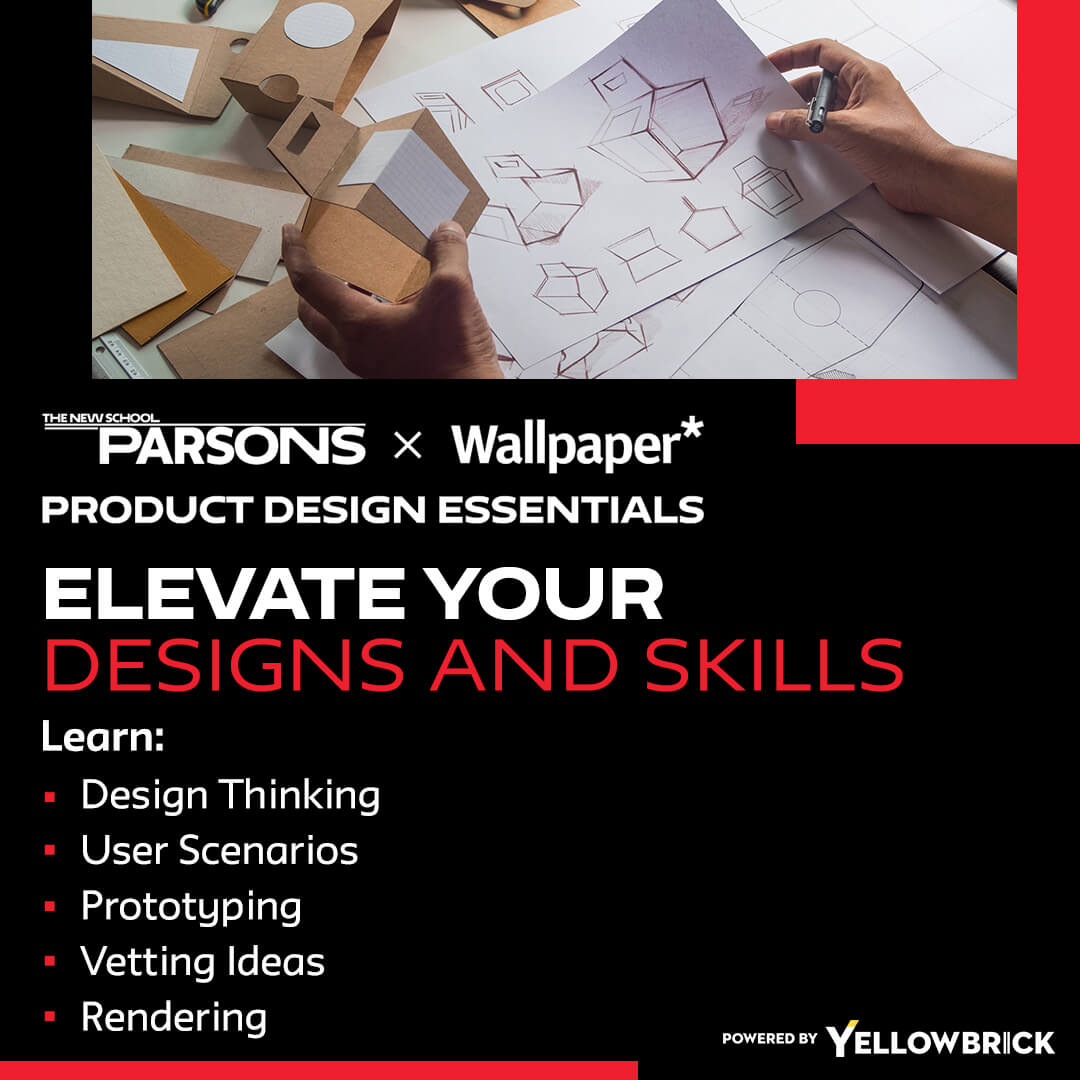Online UX Design Education: AKC Museum of the Dog

I think one of the things to think about when we’re designing cultural spaces such as museums is that they’re competing with other types of entertainment or places to go. And museums can’t just be “go up and look at art.” And the Museum of the Dog has got a wonderful body of work, and it’s a subject matter that nobody cannot like. But we needed to create more meaning and depth. And what was essential to that is, how do we do it in a joyful way? And how do we do it in an information-based way, as well as the mobile UI component-discovery through your phone?
So, there were several UX design elements that we did in the museum that were appropriate and placed at the right place at the right time. You could still enjoy the visceral effect and experience of beautiful, cool arts with a great UI design narrative. But you could also go up to a kiosk and have your face scanned and get matched to a breed. And it was those moments of fun that became where you become more engaged with the brand of the Museum of the Dog and AKC. You learned about not just the shape of the dog that you matched, but the temperament of the dog, its personality, and all the UX elements that you could enjoy alongside the fact that you just got matched to a breed.
Sometimes, it’s more of a minimal interaction to something more in depth. For example, we created these interactive tables-essentially like going up to a dinner table-where four people could stand at a time and look at different breeds. They learn about different breeds and get into a deep understanding of the 365 breeds that the AKC currently has and capture that information to take home. So there’s an education component that’s really important. The history of the breed, where it came from, its personality, and how it behaves. Is there art in the collection that actually features that breed? So we’re connecting it back to the arts. All of this becomes all connected as a component. Learning and education have always been very important to the AKC, so we needed to bring it in a smart and compelling way.
And then finally, we worked at developing an interactive, motion-activated experience for young kids to train a dog. By movement, they were basically teaching this dog how to fetch, pick up a ball, stop, sit, etcetera. Simple moves, but it’s a great experience for young people to learn a little bit more in a medium that they’re very familiar with about how to train a dog. I think it’s really important to point out that experience design just does not only involve the digital world. We created analog moments focused around families and children where they could sit down and draw and color and create their own art version of a dog. And that’s something that’s a nice analog balance to some of the more digital experiences.
And then we created one last element that was really built into the phone for adults, and also for kids. For kids, we had “Arty” who was your pet and your friend that would, in an AR state, come out of his dog house on your phone. And you could follow him to find and discover key paintings. And with that was a reward for the child. Engaging with the physical, but using mobile as a tool. And then it was also being used as a tool to get more information on specific paintings. So you could hold your phone up, it would push content to you, tell you more about the artist, the breed, its origin, and whatnot. We’re looking at all these overall touch points in a holistic way. So it’s not just a museum with art on a wall. It’s something that’s really more of an experiential thing around the notion of the joy of the dog.


